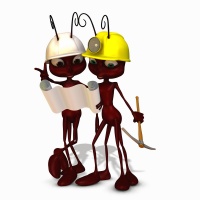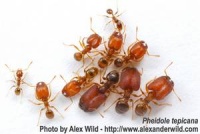Difference between revisions of "Robotics Group"
m (Test video embedding) |
m (Private sections format error) |
||
| Line 20: | Line 20: | ||
|valign="top" width="10%" rowspan="3" style="border:1px solid #cedff2; background:#f5faff; vertical-align:top;"| |
|valign="top" width="10%" rowspan="3" style="border:1px solid #cedff2; background:#f5faff; vertical-align:top;"| |
||
| − | <h2 id="mp-itn-h2" style="margin:3px; background:#cedff2; font-size:120%; font-weight:bold; border:1px solid #a3b0bf; text-align:center; color:#000; padding:0.2em 0.4em;"> |
+ | <h2 id="mp-itn-h2" style="margin:3px; background:#cedff2; font-size:120%; font-weight:bold; border:1px solid #a3b0bf; text-align:center; color:#000; padding:0.2em 0.4em;">'''Private sections'''</h2> |
|- |
|- |
||
Latest revision as of 14:03, 12 October 2012
|



